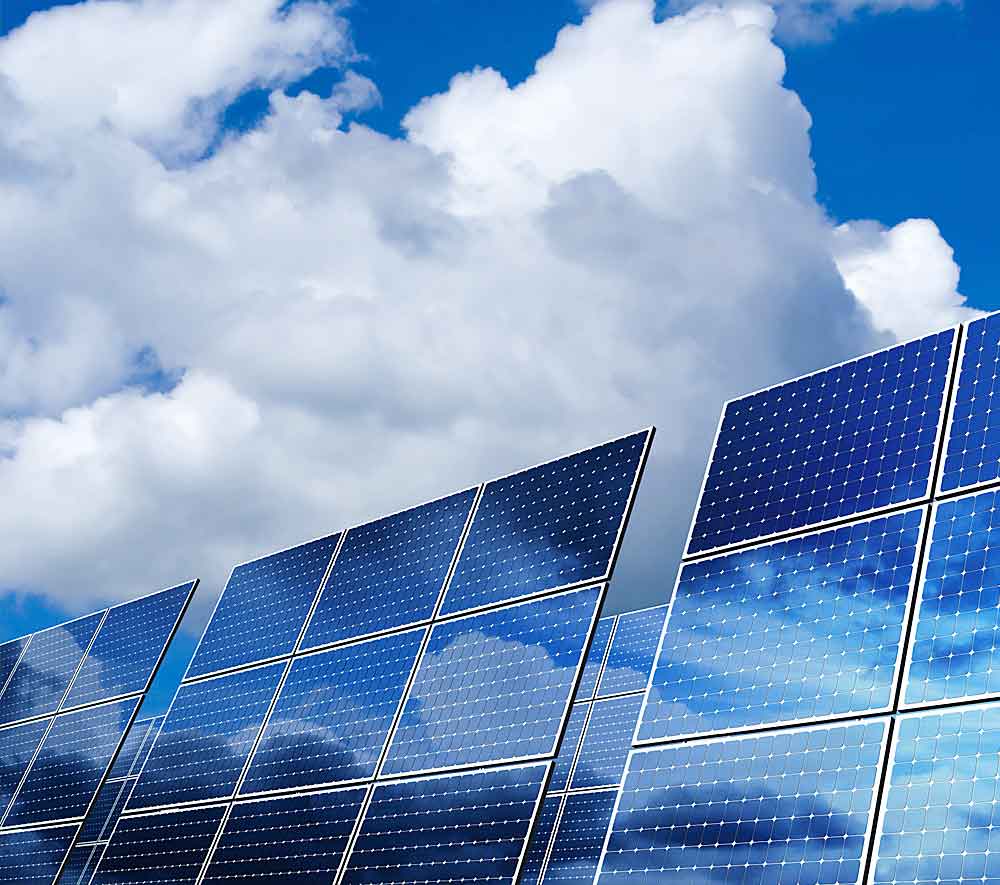Solar panel heating
Using solar panels to heat your water
Solar heating has become a popular way for homeowners to heat water and save on energy costs.

Solar heating technologies
What is solar heating?
Solar heating technologies (also known as solar thermal) harness the energy provided by the sun to provide thermal energy to heat water. The hot water produced by the solar heating can be used to supplement your domestic hot water (although the temperature might need to be topped up by a boiler), larger stores of water (like swimming pools), underfloor heating and for space heating/ cooling.
Unlike a solar photovoltaic cell array, which is designed to produce electricity, a solar heating system is designed simply to produce heat. A well designed solar heating system will provide approximately 55% of your annual hot water requirement in your house, however as it is reliant on the sun, your solar heating system will produce more heat in the summer months.
Solar heating systems
Types of solar heating system
Solar heating systems all have a few components in common, a solar collector, insulated heat transport piping and heat storage. More complex systems also have electronic controls and freeze prevention mechanisms (when situated in colder climates).
There are three main types of solar collectors :-
Evacuated tube solar collectors
The evacuated tube systems tend to be more efficient, especially in cold or cloudy climates; however their advanced design does tend to make them more expensive. These solar collectors consist of rows of parallel, transparent glass tubes. Each tube contains an absorber assembly and the entire tube is evacuated of any air (so it operates within a vacuum). The sunlight enters the glass tubes and hits the absorber assembly where it is absorbed. As this is operating within a vacuum, heat does not travel back from the absorber to the glass, so these are more efficient. A fluid transfers the heat from the absorber assembly through to the storage tank, where it can be used.
The two major advantages of evacuated tube collectors are that they can produce warmer water (so you will not need to supplement the temperature with a boiler) and they can also produce more hot water than flat panelled solar collectors.
Flat panelled solar collectors
These are the most common type of solar heating technology and consist of a box with a piece of glass on the top and a dark absorber plate on the bottom. Sunlight passes through the glazing on the top of the box, heating up the absorber plate (converting the solar energy into thermal energy). Copper pipes are attached on the top of the absorber plates, and the liquid flowing through these pipes absorbs the heat, which is then pumped away and stored until it is needed within the house.
Plastic collectors
These are the cheapest type of solar collector and consist of black plastic pipe treated to withstand UV degradation. Hot water is simply pumped through the black plastic pipes, where it warms up (as the plastic absorbs the suns energy). Plastic collectors are most susceptible to ambient temperatures as there is no insulation in place, so if the outside temperature is cold very little heat will be produced.
These are an ideal solution for swimming pools though, as they amplify the effects of the weather and its seasons. For example, most swimming pools are used in the summer, so installing plastic collectors will allow you to use the pool sooner in the year, and it will keep the temperature consistently higher.
Things to consider
Installing a solar heating system
- As with solar photovoltaic cells, solar heating technologies require sunlight, so you need to install the technology ideally on a south facing roof that receives sunlight for most of the day to maximise the benefits of installing the technology. Likewise, the amount of heat you can produce is directly proportional to the amount of installed surface area you have, therefore if you only have a small roof, then this technology may not be appropriate.
- In addition, you will produce more hot water in the summer, as the energy from the sun is more intense at this time, therefore you may well have to supplement the temperature of the water in the winter using a boiler. To boost the system your boiler must be compatible with your solar heating system, but currently most combi or CHP boilers are not compatible, therefore it is very important you check with your installer before undergoing any works.
- If you live in much colder climates you may need to have some sort of antifreeze within your system or pipe insulation on the outside to prevent the pipes freezing (when water freezes it turns to ice which will take a larger space than water, and therefore potentially causing cracks in the pipes).
- If you live in a listed building please note the restrictions. Like many green technologies it is worth contacting the local planning office to get permission to place the panels, to save yourself problems further down the line.
If you would like to find out more about using solar heating technologies to heat your home please:
Call us now to talk to us about your requirements 07949 064 979
Got a plumbing emergency?
Whether you’ve found a leaking pipe, water tank or toilet, call our experienced emergency plumbers now on 07949 064 979. We’re here to help.
Need your boiler servicing?
Whether you need your boiler repaired or boiler replaced, one of our experienced boiler servicing engineers will be there to help. Book an boiler servicing appointment today.
We accept card payments
SumUp is authorised as a Payment Institution by the Financial Conduct Authority (license no. 900700) and is EMV (Europay, Mastercard, and Visa) and PCI-DSS certified, ensuring that payments are processed in accordance with the highest security standards.
